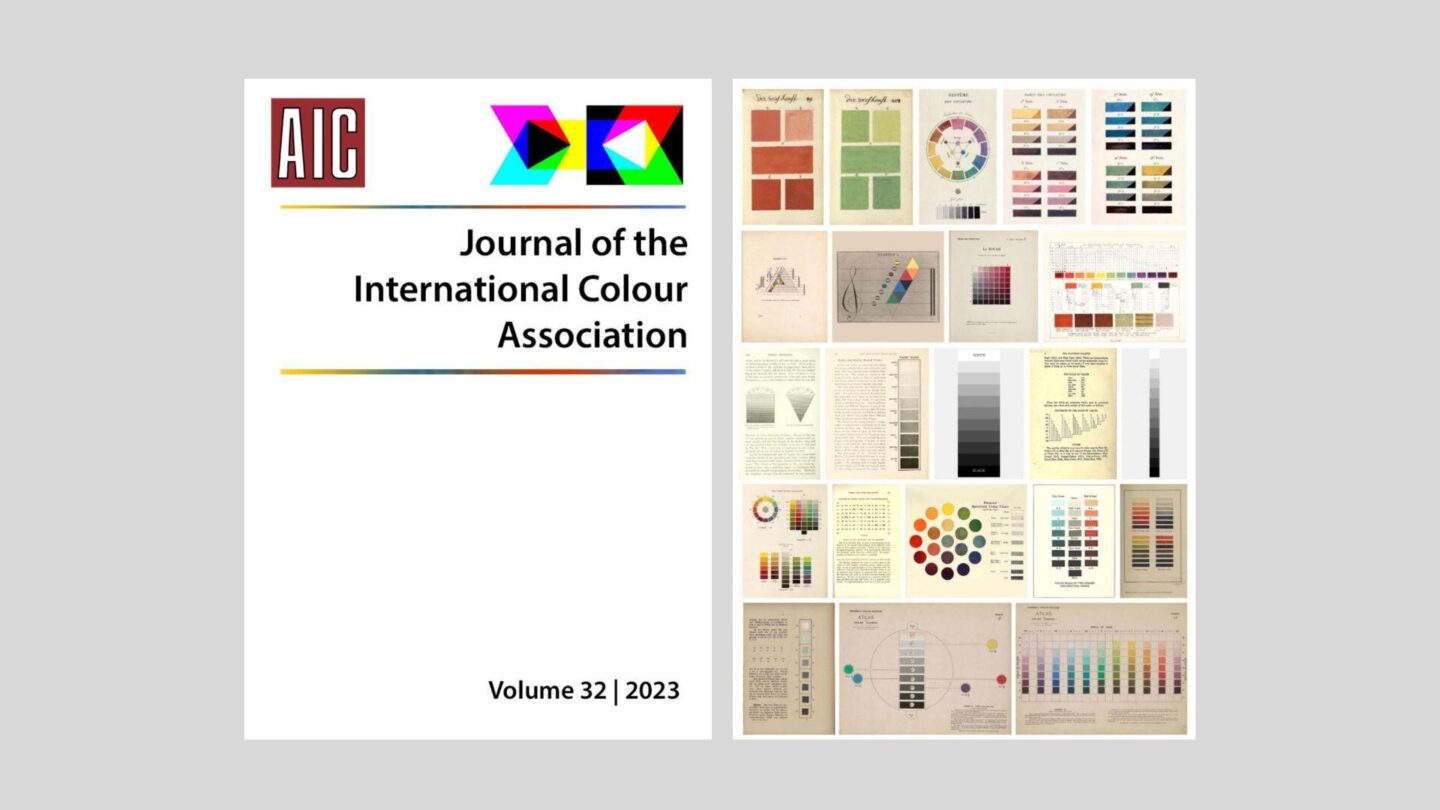
The article, ‘Traditional colour theory in design context: A focus on value’ was published in the Journal of the International Colour Association, Issue 32, pp29-43 – January 2023.
Tonal value plays a key role in applied design and design of the built environment. Due to the mechanics of human visual perception, variations in tonal value helps to create focus and differentiation. It influences legibility in graphic design and visual communciations design, and supports environmental visual literacy in the built environment.
This paper, which can be accessed on the International Colour Association website, provides a survey of different theories about tonal value and associated illustrations.
Abstract
Traditional colour theory, a branch of colour theory that is relevant for architects and design professionals, is characterised by conceptual colour models and constructs which occur in the literature on colour, design education, and professional practice. While the origins of traditional colour theory date back centuries, it is a branch of colour theory that has attracted criticism, which tends to focus on huebased colour models and constructs, and a lack of correspondence with colour science. Despite this,
many constructs that abound in traditional colour theory have come to represent colour strategies
commonly used across applied design and design of the built environment. While hue-based constructs
and colour strategies are common in traditional colour theory, design education, and design practice,
this paper focuses on value-based constructs and related colour strategies for two key reasons. Firstly,
to corral information about value-based constructs and colour strategies. Secondly, to highlight the
important role that value-based contrasts and colour strategies play in achieving specific aims relating
to legibility, differentiation, perceptions about ambience and atmosphere, and environmental visual
literacy. Value-based constructs are explored via a survey of traditional colour theories using archival
and desk research. Outcomes summarise and discuss the role of value in design praxis.